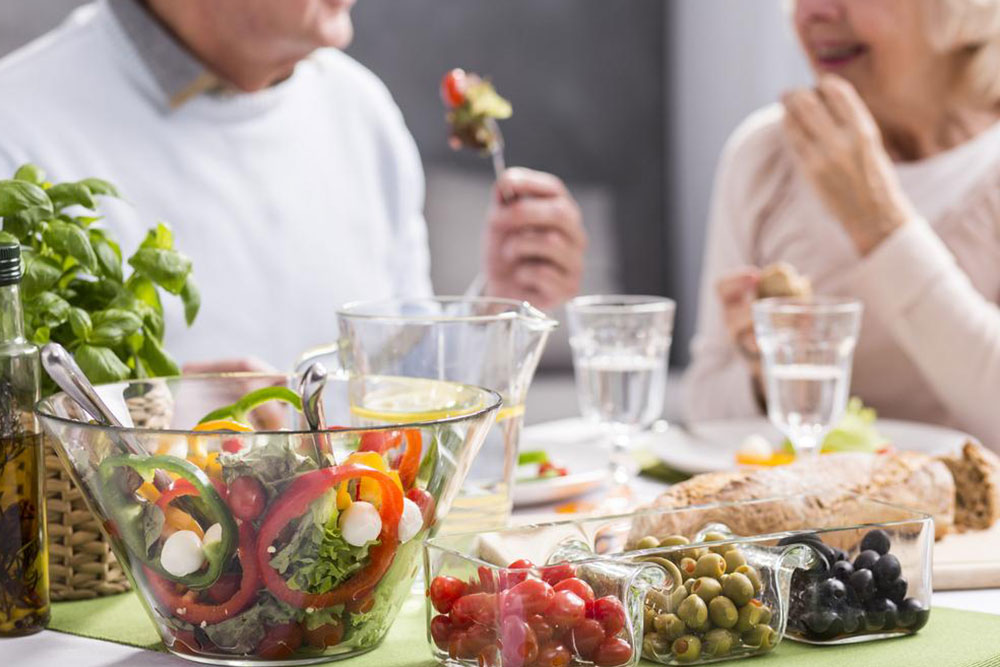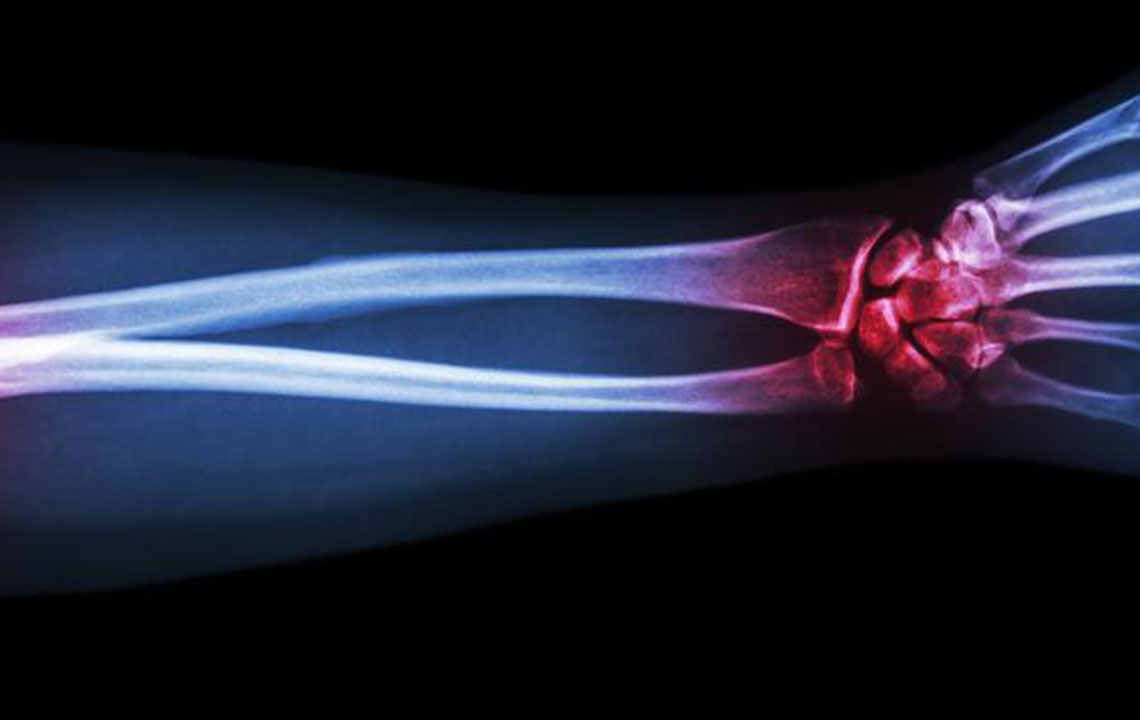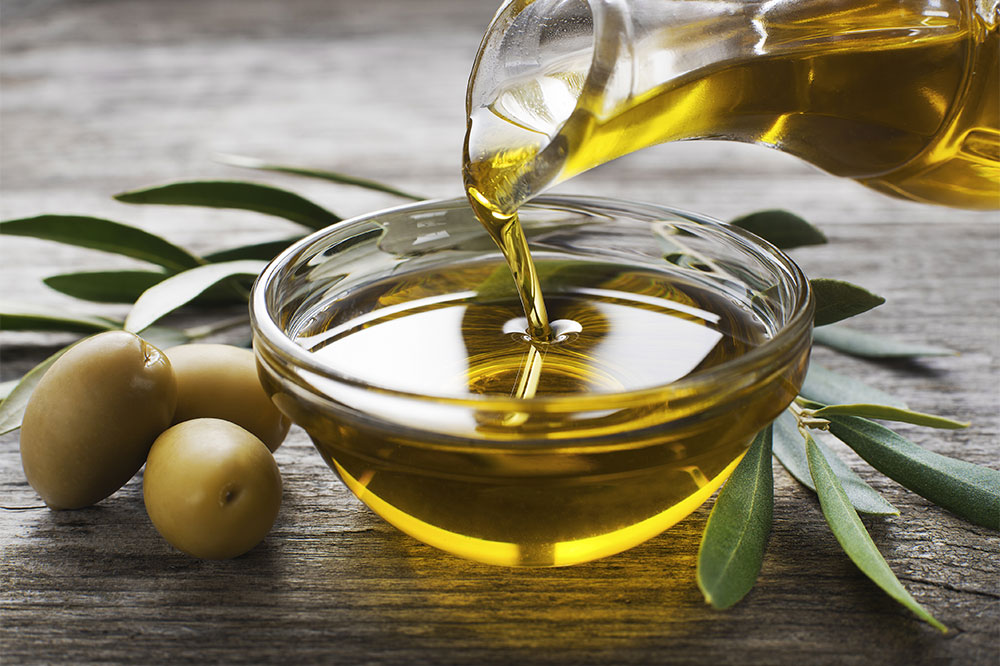Comprehensive Guide to an Effective Gout-Relief Diet for Reducing Joint Discomfort
This comprehensive article offers practical insights into managing gout through a carefully designed diet. It emphasizes foods that help lower uric acid levels, such as fruits, vegetables, and low-fat dairy, while limiting high-purine foods like organ meats and shellfish. The guide provides daily meal ideas, highlights the importance of hydration, and discusses lifestyle adjustments to prevent flare-ups. By adopting these dietary strategies along with medical support, individuals with gout can effectively reduce joint pain, control symptoms, and improve overall joint health, leading to a more active and pain-free life.

Adopt a Gout-Relief Diet to Minimize Joint Pain and Improve Quality of Life
Gout is a form of inflammatory arthritis that affects millions worldwide, and managing its symptoms relies heavily on understanding and implementing effective dietary strategies. The term "gout diet" is frequently discussed among individuals suffering from joint discomfort, especially those diagnosed with gout. Many seek to understand what constitutes this diet, how it works, and how it can be integrated into daily routines to alleviate pain and prevent flare-ups. In this comprehensive guide, we delve into the nature of gout, the specifics of a gout-friendly diet, and practical tips to help you maintain healthy joints through nutritional choices.
Understanding gout is essential for effective management. It is caused by elevated levels of uric acid in the blood, which can lead to the formation of urate crystals within joints. These crystals trigger inflammatory responses, resulting in intense pain, swelling, redness, and tenderness. The condition predominantly affects the big toe but can also involve other joints such as knees, ankles, wrists, and elbows. The key to controlling gout lies in regulating uric acid levels through diet, medication, and lifestyle modifications.
The biochemical basis of gout involves purines, natural substances found in many foods. When purines are broken down in the body, uric acid is produced as a byproduct. Normally, uric acid dissolves in the blood and is eliminated through the kidneys via urine. However, when the body produces too much uric acid or the kidneys fail to excrete enough, uric acid levels rise, and crystals can form. Therefore, understanding the foods that contribute to purine intake is vital for gout management.
Consuming foods high in purines can significantly increase uric acid levels, prompting gout attacks. Common high-purine foods include organ meats such as liver and kidneys, shellfish like shrimp and lobster, certain fish such as sardines and mackerel, as well as alcoholic beverages and sugary drinks. On the other hand, dietary adjustments focusing on lower-purine foods can help prevent flare-ups. A guided diet plan is often recommended by healthcare providers to complement medical treatments and promote long-term joint health.
Adopting a gout-friendly diet emphasizes consuming foods that are rich in nutrients, fiber, and antioxidants, while limiting those that can exacerbate the condition. Key strategies include maintaining a healthy weight, staying well-hydrated, and avoiding alcohol. Hydration is especially important as water helps dilute uric acid and facilitates its excretion through the kidneys. Integrating foods such as fruits, vegetables, whole grains, and low-fat dairy products into your meals not only supports overall health but also assists in managing uric acid levels effectively.
Key Components of a Gout-Relief Diet
Developing a daily meal plan tailored for gout sufferers involves balancing nutrition and taste while adhering to dietary restrictions. Here are some practical and tasty options for each meal that can help manage symptoms and promote joint health:
Breakfast:
Unsweetened cereal with skim or low-fat milk offers a low-purine start to the day
Black coffee without added cream helps avoid purine-rich additives
Fresh water is essential for hydration and uric acid excretion
Fresh strawberries provide antioxidants and flavor
Lunch:
Green leafy salads, including spinach and broccoli, provide fiber and vital nutrients
Grilled chicken slices are a good source of protein with low purine content
Low-fat milk enhances calcium intake without contributing to purine levels
Plenty of water supports hydration and uric acid elimination
Dinner:
Baked salmon or tuna offers omega-3 fatty acids beneficial for reducing inflammation
Steamed green beans are a fiber-rich, low-purine vegetable
Low-fat yogurt provides probiotics and protein
Fresh melon slices serve as a hydrating, low-purine dessert
Water remains the ideal beverage to support overall hydration
Incorporating beverages like green tea into your diet can also provide antioxidants that combat inflammation and support immune health. Regular dietary adjustments, combined with lifestyle changes such as maintaining a healthy weight, exercising regularly, and avoiding alcohol and sugary foods, can significantly reduce the frequency and severity of gout attacks. Consulting with healthcare professionals for personalized advice is recommended to develop an effective management plan.
Remember, managing gout is a multifaceted process that involves careful dietary planning, medication adherence, and lifestyle modifications. With consistent effort, many individuals find relief from joint pain and can lead active, comfortable lives. Prioritize nutritious, low-purine foods and stay well-hydrated—these simple steps can make a substantial difference in your gout management journey.





